The Ministry of Health warned that El Nino could increase the transmission of dengue fever and other viruses such as Zika, Chikungunya, and Japanese encephalitis in the coming time.
On July 14, the Ministry of Health said that Vietnam is a tropical country with a hot and humid climate and is located in an area with a high prevalence of mosquito-borne diseases. According to the forecast of the National Center for Hydro-Meteorological Forecasting, the El Nino phenomenon is highly likely to occur in the second half of 2023. In addition, the weather is entering the rainy season, creating favorable conditions for disease-carrying mosquitoes to thrive.
In early June, scientists at the Climate Prediction Center, National Oceanic and Atmospheric Administration (NOAA), also confirmed that El Nino had begun in the Pacific Ocean , causing more severe drought and heat waves globally.
"El Nino can increase the transmission of dengue fever and other arboviruses such as Zika, Chikungunya, Japanese encephalitis. Climate change also promotes mosquito breeding and increases infectious diseases caused by these insects," the Ministry of Health warned.
Dr. Nguyen Van Dung, Head of the Department of Entomology, Central Institute of Malaria, Parasitology and Entomology, also said that one of the biggest factors affecting mosquito-borne diseases is the weather. In El Nino years, when temperatures are high, the number of dengue fever cases also increases. This year, the North is hot and rainy, creating very good conditions for mosquitoes to develop and reproduce. The time from egg to adult will be shortened, about 7-9 days, causing more mosquitoes to reproduce, and the possibility of contact between mosquitoes and humans will also be greater. As long as there is a source of disease, an outbreak will occur.
"We have only gone through the first 6 months of the year and according to calculations, in the coming period, the dengue fever epidemic will become more and more complicated, not decrease," Mr. Dung said, citing signs of increase in the North (more than 1,000 cases in the first 6 months of the year, 60% higher than the same period last year).
In Ho Chi Minh City , Deputy Director of the Department of Health Nguyen Van Vinh Chau predicted that dengue fever would increase in July and is expected to last until the end of October, following the annual progression in the city. Although the number of cases in the first half of the year was lower than in 2022 - the peak year of the epidemic, in June, the rate of patients began to increase rapidly.
"What is alarming is that the rate of detecting mosquito larvae at high-risk areas is still very high, proving that people are still negligent in cleaning up, creating conditions for mosquitoes to develop and spread disease," said Dr. Chau.
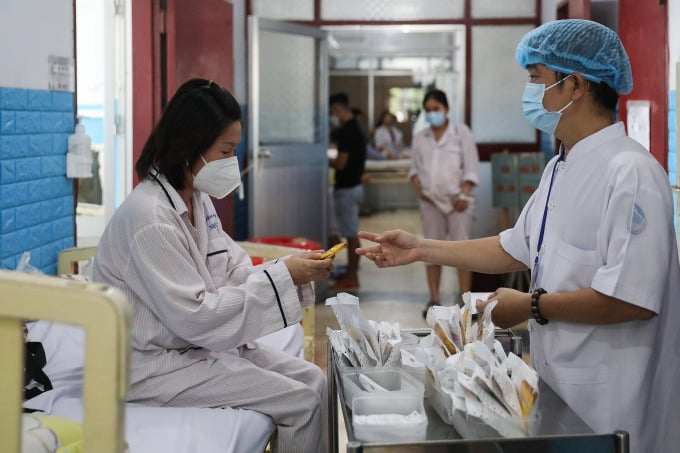
Treatment of dengue fever at the Hospital for Tropical Diseases in Ho Chi Minh City. Photo: Quynh Tran
Faced with the above risks, the Ministry of Health requires localities to step up mosquito larvae eradication activities in the area in July, maintaining activities once a week in high-risk areas.
Organize Japanese encephalitis vaccination for children of vaccination age in the form of regular vaccination with high rate, complete and on schedule. Medical examination and treatment facilities organize admission and treatment of patients, minimizing deaths.
People are advised to kill mosquitoes, use mosquito nets, and prevent mosquito bites. When sick, do not self-treat at home, but go immediately to medical facilities for timely examination and treatment.
Le Nga
Source link




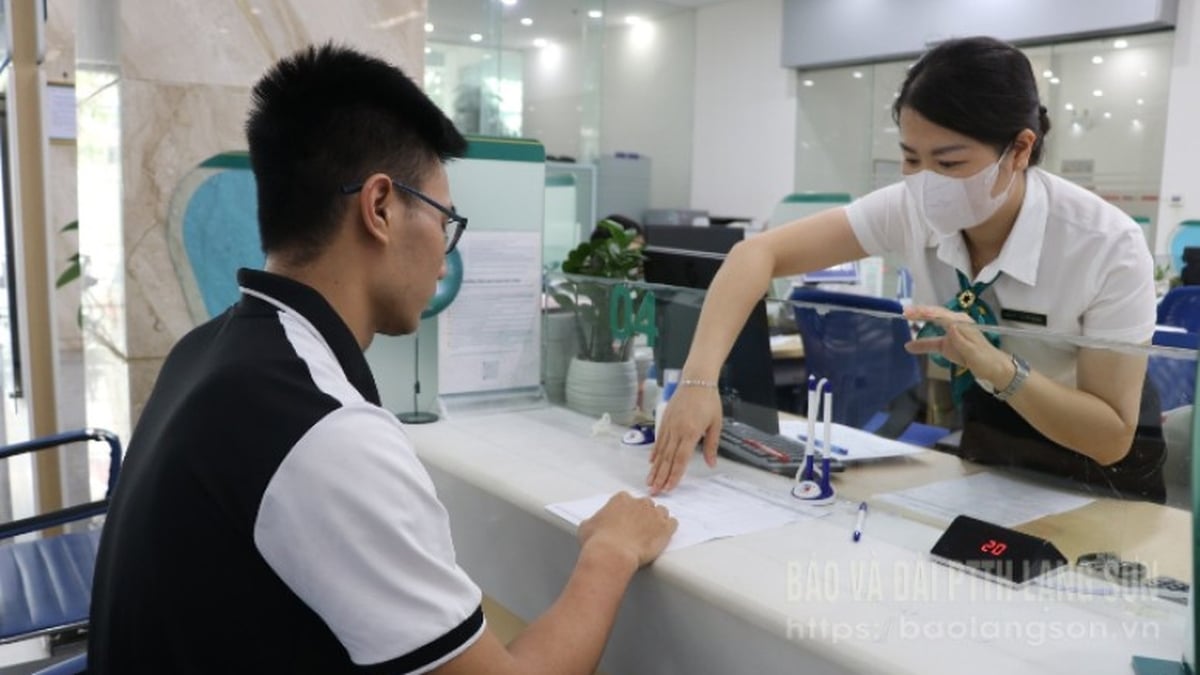
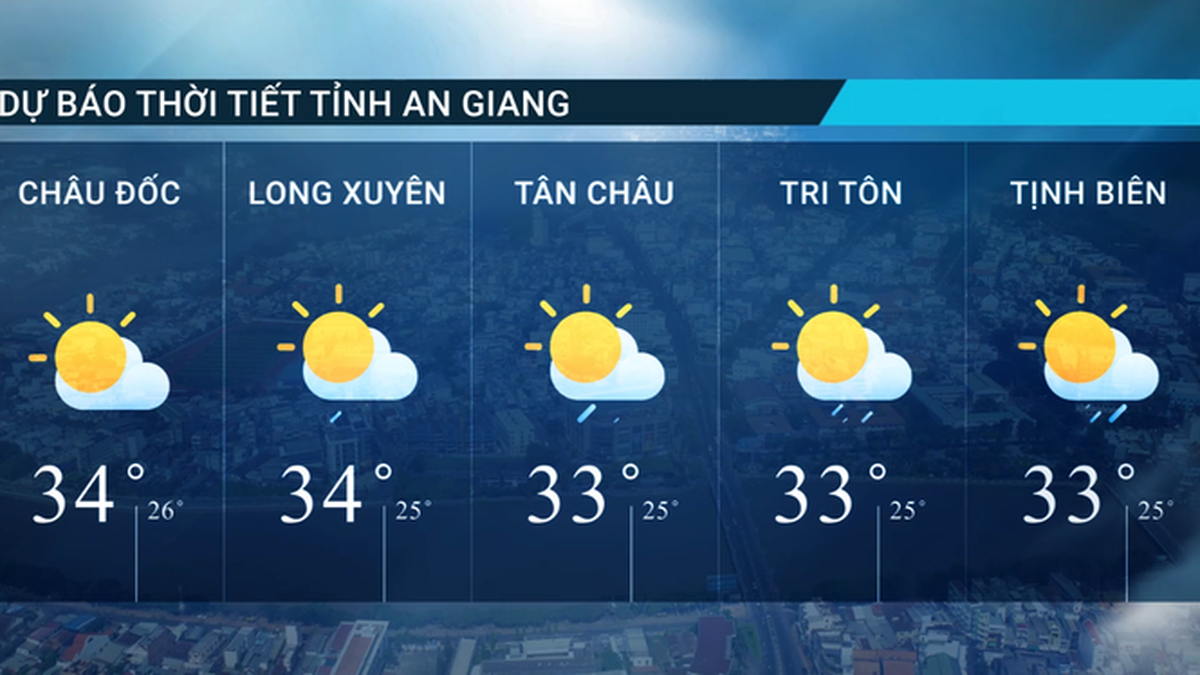

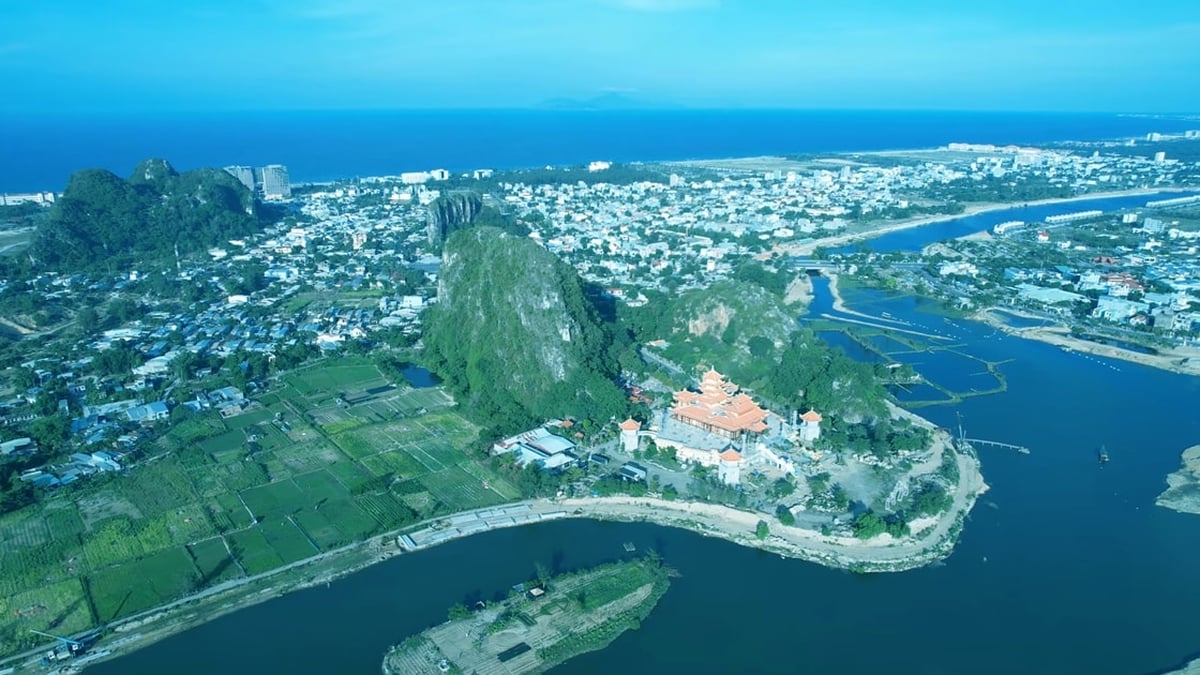
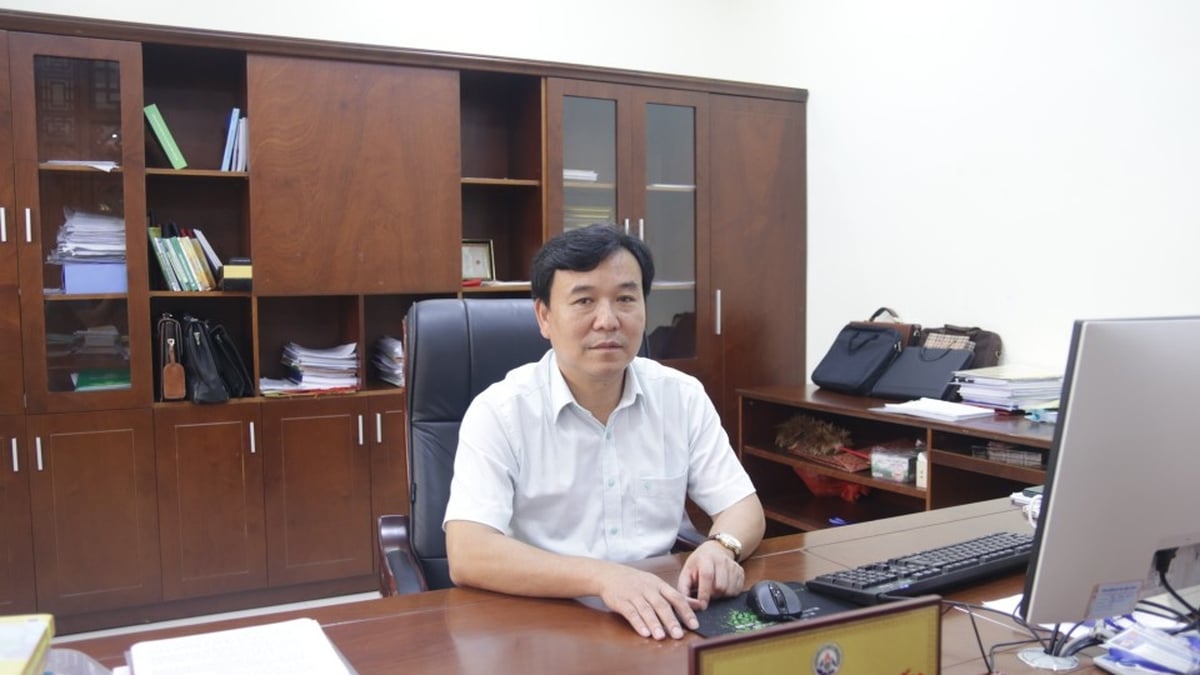
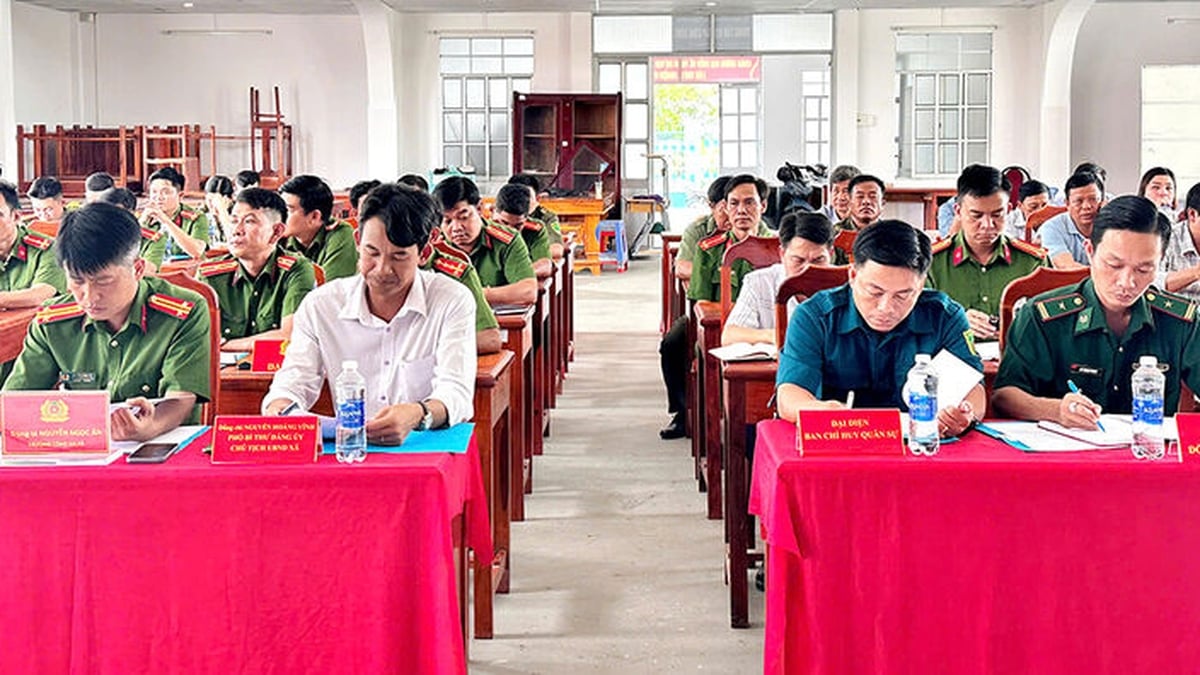















![[Photo] National Assembly Chairman Tran Thanh Man visits Vietnamese Heroic Mother Ta Thi Tran](https://vphoto.vietnam.vn/thumb/1200x675/vietnam/resource/IMAGE/2025/7/20/765c0bd057dd44ad83ab89fe0255b783)



































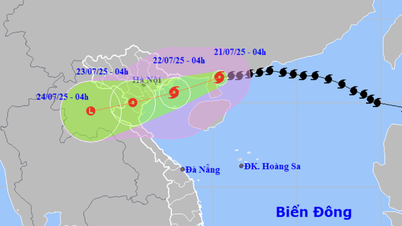




































Comment (0)